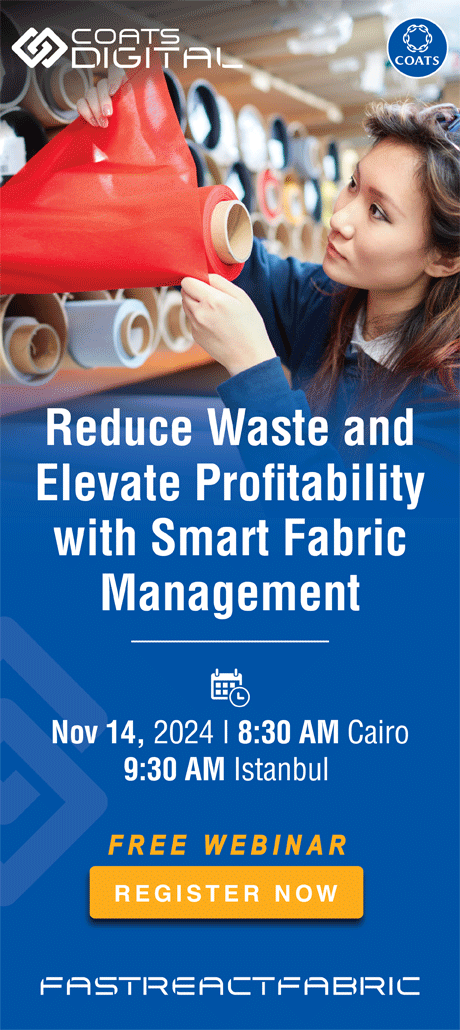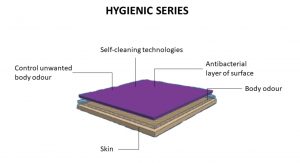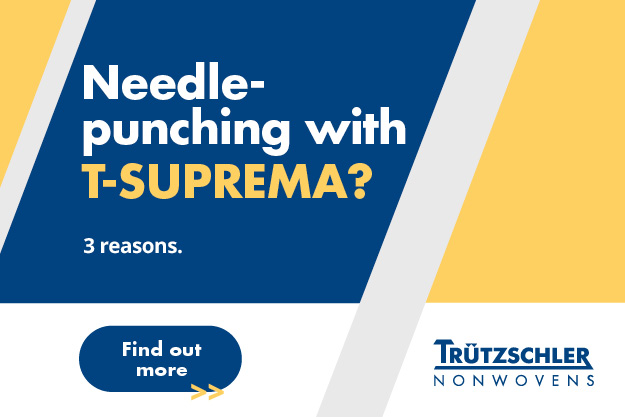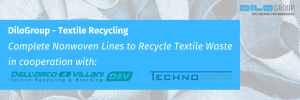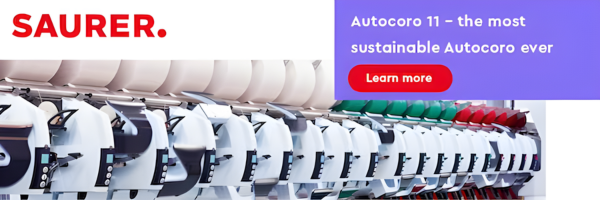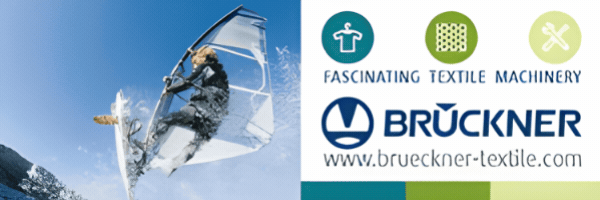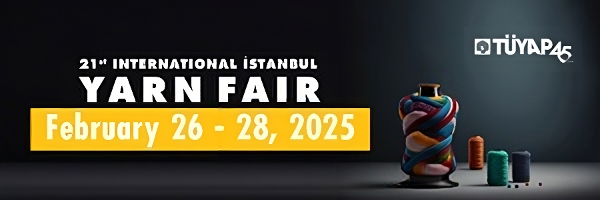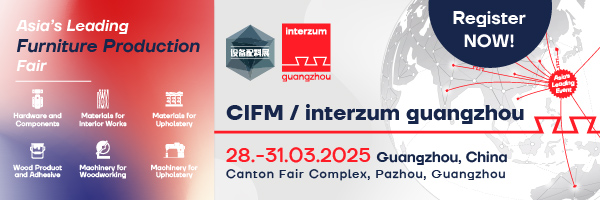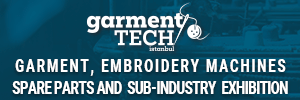A resurgence from the previous theme
Since NanoTextile Sdn Bhd has launched the theme of ‘When Fashion Meets Technology’ in 2019, it can be seen that the fashion brand especially in Malaysia has jumped into the bandwagon of the latest trends which is the hygienic garment or clothing.
The embedded outcomes coming from ‘When Fashion Meets Technology’ has been undeniably infused into the heart of the consumers and brands. In a matter of fact, from our perspective, we can observe the idea behind this theme which is “to convey the message that technology can be used to improve the current state of the fabric” has been successful amongst the big brands in Malaysia supported by the launch of several nanotechnology products in clothing & Muslimah segment. On top of that, NanoTextile has also accomplished to launch a new theme under this giant theme which we call ‘Beneath Hijab’.
Beneath Hijab is a pinpoint to the evergreen products yet still a new products line to be ventured for some fashion brands. Starting with a low volume enrolment, I believe the customer experience is the most important attribute to the fashion brands themselves. According to a CapGemini study in Marketing Insider Group, buyers that have strong brand attachments generate 23% more profit and revenue than the average customer.
Businesses can earn their customer’s trust and loyalty by providing outstanding customer experiences. From a point of no customer experience, it appears that the theme has captured the hearts of the users, as seen by positive reviews on nanotechnology products.
Fast forward to the theme itself, when we talk about Beneath Hijab, what do you think of in the first place? I would be thinking about the underscarf or inner scarf, a small piece of fabric used essentially as part of headwear for Muslimah community. It is usually worn under a scarf or with a variety of hijab styles.
Yes, ‘Beneath Hijab’ was originated and inspired by the underscarf or inners that comes in a vast range of designs, silhouette, and colours. The inner scarf serves the users a variety of purposes, including protecting hair away from the face so you don’t have to tuck it back in.
Each variety of underscarf, such as the full underscarf, ninja inner, bonnet hat, and tie-back bonnet cap (see picture), has its own function that is ideal for both short and long hair. Another reason to wear it is to keep the hijab from becoming slippery and to provide coverage under transparent hijabs in order to conceal hair from sight; an obligation to cover the aurat.
Functionality behind comfort
The cornerstone of Beneath Hijab is to remain the smile of the wearers when they wear the inner scarf, as the major purpose inside is by having functionality behind comfort. The term “functionality” refers to the nanotechnology that is embedded into the product.
The nanotechnology inner scarves is part of NanoTextile’s technologies under the Hygienic Series consists of also the antibacterial, odourless, and self-cleaning technologies. As a Muslimah, our lives are made easier with the hygienic inner scarf since we don’t have to smell bad after work, workouts, cooking, and so on; we just smell like we do in the morning.
Antibacterial underscarf act in the same way as antibacterial detergents and disinfect operate, targeting microorganisms at the microscopic level to stop them from growing and reproducing. Different chemicals and fabrics have varying degrees of efficacy.
Plus, before they (fashion brands) enrol in hygienic technologies, they must first examine the compatibility to see if the fabric type is compatible with nanotechnology. In addition to the efficiency of nanotechnology, according to apexmills.com, some products are meant to kill spore cells on contact, whereas others are intended to minimize the spread of infections over time. The killed microorganisms therefore help in controlling unwanted body odor.
Design or function?
Sometimes I wonder what makes the underscarf the best from the user’s perspective. Why would they buy antibacterial and odourless inners? Is it due to the design or because of the technology? As a result, after reading the majority of the user comments, I’ve come to my own conclusion. A beautiful design will be the right choice when it comes to the combination of nanotechnology.
Therefore, this is the most compelling reason why revenue for NanoTextile’s technology serving the hygienic inner scarf has consistently topped RM1.08 million for these numerous years. Fashion firms have been successful in capturing the hearts of their customers.
In fact, some Muslimah famous brands in Malaysia, such as TudungPeople, CalaQisya, Olloum, and others, have begun to think creatively for the past few years in blending fashion with technology. It is, as a matter of fact, a great first step in bringing the Muslimah fashion market up to par with other segments and worldwide companies.
And indeed, as the first Malaysian company to tap into this innovative potential of nanotechnologies, we are pleased to provide services and supply to other big brands out there, not limited to Muslimah fashion only.
All in all, I agree with Dr Thomas, CEO of NanoTextile, who mentioned that fashion has always been at the frontline of innovation, as proven by the invention of the sewing machine and the growth of e-commerce. He added, “Functional clothing for inner scarves as part of modest fashion essentials, like nanotechnology, is always forward-looking and cyclical”.
Thus, as the first mover in Malaysia that works to expose such technology to fashion brands and clients, we hope that fashion brands dare to leap into more nanotechnology adoption in their products, such as UV protection, quick drying, liquid resistance, and many other features, as nanotechnology-embedded fabrics can be modified to do almost everything.


